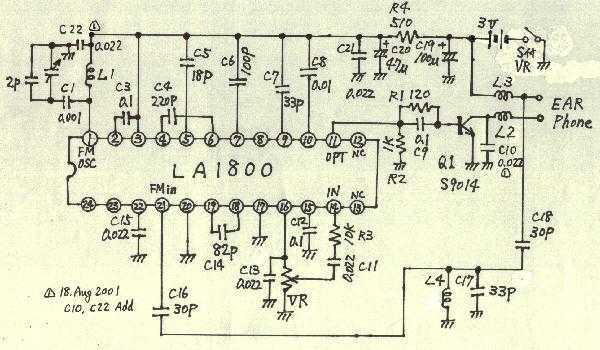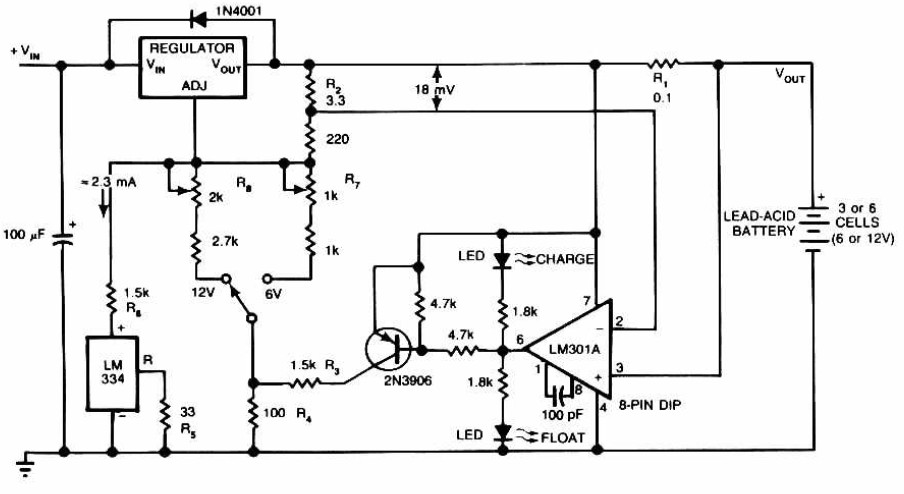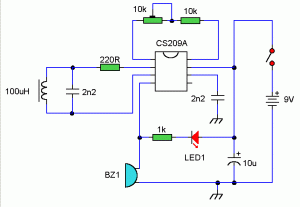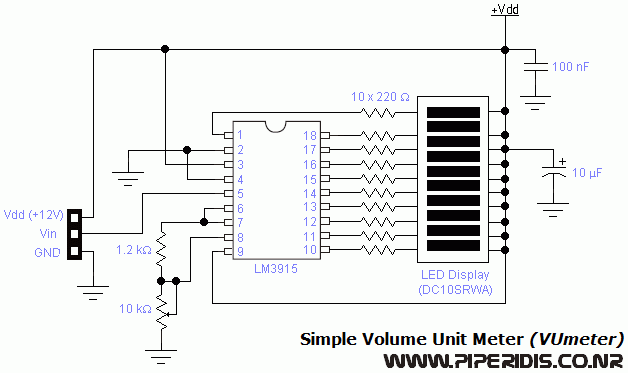
Cell Phone Controlled Home Appliance circuit
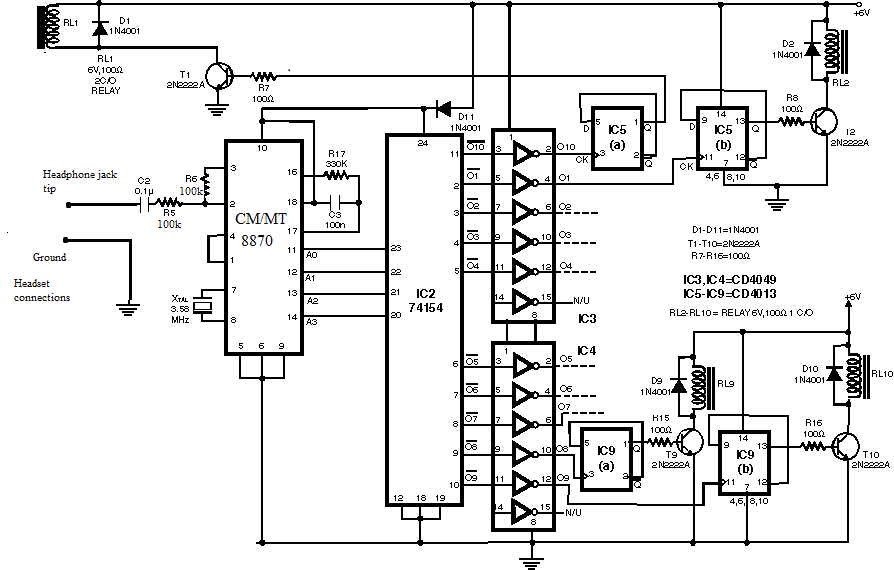
Have you ever imagined controlling your home appliances using your cell phone? Numerous circuits exist for this application, typically utilizing a telephone. This circuit has been modified and redesigned for compatibility with a standard cell phone headphone jack. To use it, connect your phone's headphone jack to the circuit as shown. The relays are connected through a resistor and transistor, with the ULN2803 used to reduce circuit size and enhance performance. The outputs from the flip-flops must connect to the inputs of the buffer, while the relays are connected to the buffer. Typically, the tip of the headset connects to the circuit via a 0.1µF capacitor, as depicted in the circuit diagram, with the ground pin of the headphone linked to the circuit's ground. When keys are pressed on the phone, the other party hears tones corresponding to the pressed keys. These tones are based on DTMF (Dual Tone Multi-Frequency) technology, where data is transmitted as pairs of tones. The receiver identifies the valid pairs and outputs the corresponding BCD (Binary-Coded Decimal) code from the DTMF decoder IC. The output from the DTMF IC connects to a 4x16 decoder IC, capable of handling 12 signals due to the 12 keys (including * and #) present on the mobile keypad. The decoder outputs are subsequently fed to D flip-flops, which toggle outputs whenever a key is pressed. DTMF technology utilizes 16 distinct tones, each tone being a combination of two frequencies sourced from low and high frequency groups. Each group contains four different frequencies. The mobile phone employs only 12 of the available 16 tones. The keypad layout consists of four rows (R1, R2, R3, and R4) and three columns (C1, C2, and C3), where rows and columns select frequencies from the respective low and high frequency groups. The specific frequency values are detailed in Table 3 below.
The described circuit enables remote control of home appliances through a standard cell phone interface, leveraging the DTMF signaling method. The integration of a 0.1µF capacitor ensures proper filtering and signal integrity when interfacing the headphone output with the circuit. The ULN2803 serves as a crucial component, functioning as a Darlington driver that allows low-voltage signals from the DTMF decoder to control higher voltage relays without the need for additional components, thus optimizing space and enhancing performance.
In this setup, the DTMF decoder IC decodes the dual-tone signals generated by the phone keypad into a binary output. The 4x16 decoder IC expands the binary output to control multiple relays, effectively allowing the user to operate various appliances based on the keypresses. The D flip-flops act as memory elements, ensuring that the state of each relay is maintained until the next key press, providing a stable control mechanism.
The DTMF tones are generated by the phone in a specific pattern, where each key press corresponds to a unique combination of frequencies. The arrangement of the keypad into rows and columns allows for efficient detection of the pressed key, as each key generates a distinct pair of tones that can be easily identified by the DTMF decoder.
Overall, this circuit design exemplifies an innovative approach to home automation, utilizing readily available technology in smartphones to create a versatile control system for various appliances. The combination of DTMF technology, efficient circuit design, and the use of common electronic components makes this project both practical and accessible for users looking to enhance their home automation capabilities.Ever Imagined controlling your home appliances using your cell phone. You can find a lot of circuits for this application. But they make use of Telephone. I modified the circuit and redesigned it to make it compatible with normal cell phone headphone. Just connect the your phone headphone jack to the phone and the connections to the circuit as sho wn in the circuit. The relays are connected using the resistor and transistor. Use ULN2803 to reduce the circuit size and increase the performance. The connections from the output of flip-flops has to be given to the inputs of the buffer and relays has to be connected to the buffer. Normally the tip of the headset is connected to the circuit to the 0. 1uF capacitor as shown in the circuit diagram. The ground pin of headphone is connected to the ground of the circuit. When you press keys in your Phone, the other person will hear some tones with respect to keys pressed.
This tones are based on the DTMF technology. Data is transmitted in terms of pair of tones. The receiver detects the valid pair and gives the appropriate BCD code as the output of the DTMF decoder IC. The output of the DTMF IC is given to the 4x16 decoder IC. We have 12 signals possible because we have 12 keys (including * and #) in mobile keypad. The decoder are outputs are then given to D flip-flops. The outputs toggle whenever a key is pressed. In DTMF there are 16 distinct tones. Each tone is the sum of two frequencies: one from a low and one from a high frequency group. There are four different frequencies in each group. Your phone only uses 12 of the possible 16 tones. If you look at your phone, there are only 4 rows (R1, R2, R3 and R4) and 3 columns (C1, C2 and C3). The rows and columns select frequencies from the low and high frequency group respectively. The exact value of the frequencies are listed in Table 3 below: 🔗 External reference
The described circuit enables remote control of home appliances through a standard cell phone interface, leveraging the DTMF signaling method. The integration of a 0.1µF capacitor ensures proper filtering and signal integrity when interfacing the headphone output with the circuit. The ULN2803 serves as a crucial component, functioning as a Darlington driver that allows low-voltage signals from the DTMF decoder to control higher voltage relays without the need for additional components, thus optimizing space and enhancing performance.
In this setup, the DTMF decoder IC decodes the dual-tone signals generated by the phone keypad into a binary output. The 4x16 decoder IC expands the binary output to control multiple relays, effectively allowing the user to operate various appliances based on the keypresses. The D flip-flops act as memory elements, ensuring that the state of each relay is maintained until the next key press, providing a stable control mechanism.
The DTMF tones are generated by the phone in a specific pattern, where each key press corresponds to a unique combination of frequencies. The arrangement of the keypad into rows and columns allows for efficient detection of the pressed key, as each key generates a distinct pair of tones that can be easily identified by the DTMF decoder.
Overall, this circuit design exemplifies an innovative approach to home automation, utilizing readily available technology in smartphones to create a versatile control system for various appliances. The combination of DTMF technology, efficient circuit design, and the use of common electronic components makes this project both practical and accessible for users looking to enhance their home automation capabilities.Ever Imagined controlling your home appliances using your cell phone. You can find a lot of circuits for this application. But they make use of Telephone. I modified the circuit and redesigned it to make it compatible with normal cell phone headphone. Just connect the your phone headphone jack to the phone and the connections to the circuit as sho wn in the circuit. The relays are connected using the resistor and transistor. Use ULN2803 to reduce the circuit size and increase the performance. The connections from the output of flip-flops has to be given to the inputs of the buffer and relays has to be connected to the buffer. Normally the tip of the headset is connected to the circuit to the 0. 1uF capacitor as shown in the circuit diagram. The ground pin of headphone is connected to the ground of the circuit. When you press keys in your Phone, the other person will hear some tones with respect to keys pressed.
This tones are based on the DTMF technology. Data is transmitted in terms of pair of tones. The receiver detects the valid pair and gives the appropriate BCD code as the output of the DTMF decoder IC. The output of the DTMF IC is given to the 4x16 decoder IC. We have 12 signals possible because we have 12 keys (including * and #) in mobile keypad. The decoder are outputs are then given to D flip-flops. The outputs toggle whenever a key is pressed. In DTMF there are 16 distinct tones. Each tone is the sum of two frequencies: one from a low and one from a high frequency group. There are four different frequencies in each group. Your phone only uses 12 of the possible 16 tones. If you look at your phone, there are only 4 rows (R1, R2, R3 and R4) and 3 columns (C1, C2 and C3). The rows and columns select frequencies from the low and high frequency group respectively. The exact value of the frequencies are listed in Table 3 below: 🔗 External reference
